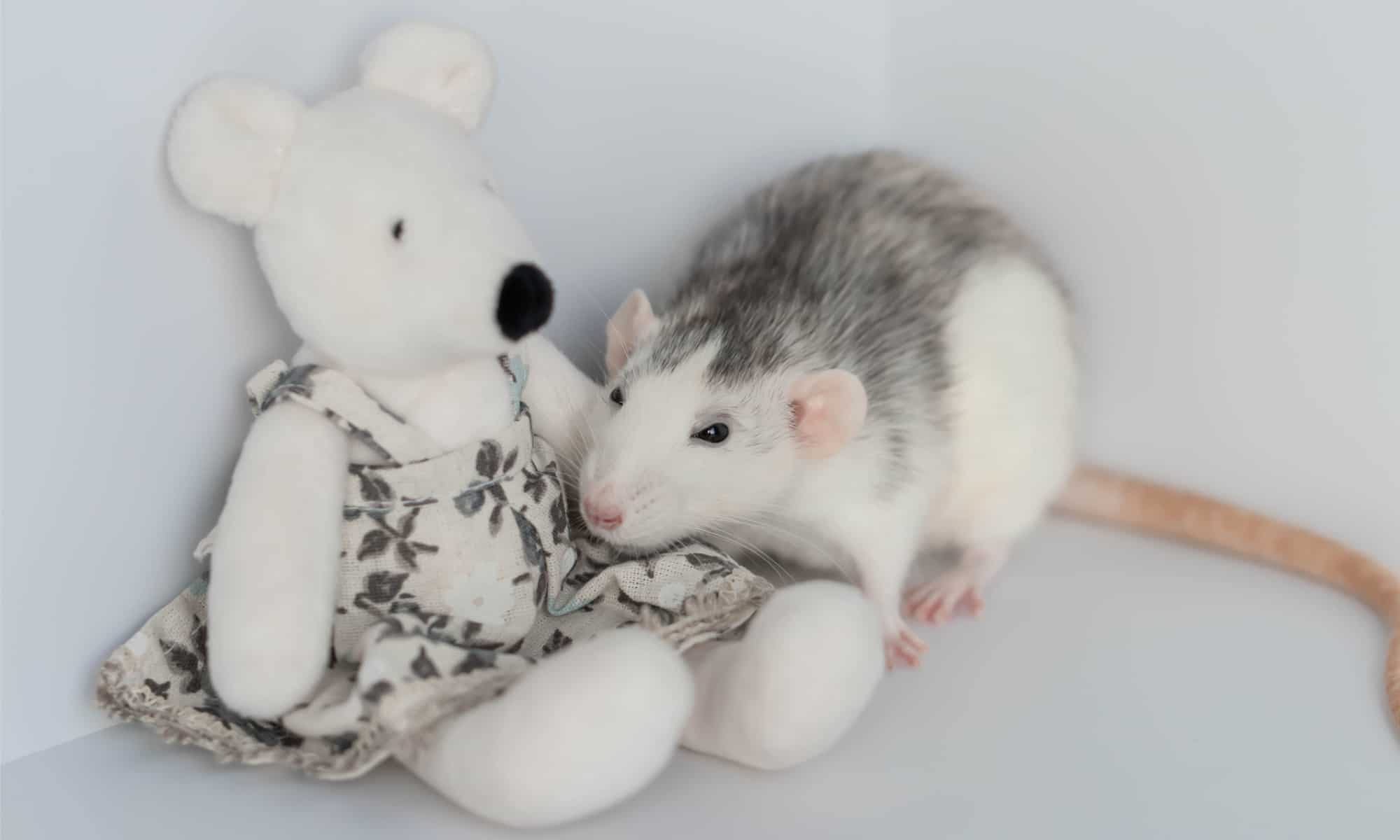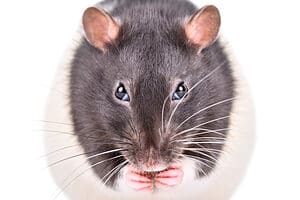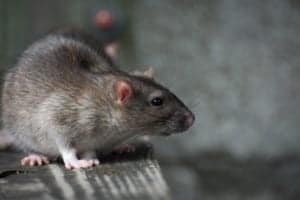Rats are some of the most hated animals out there. They are also some of the very best pets you could ever ask for. Rats are not expensive pets to buy, though, like with any pet, the upkeep and accessories are the most expensive part of having a couple. Anytime a person considers adding a new animal to their life, it is important to have all the necessities before getting the animal. It is dually important to research the best enclosure, food, and accessories and whether or not it is in the animal’s best interest to get them as a bonded pair or as individuals. In this case, rats do better in pairs. They are very social and would be lonely and sad if they didn’t have interaction and someone to snuggle with when they sleep. Factor in care for two animals in the case of rats.
Rats are sweet, loyal, and trainable. Rats love affection and snuggling with their humans once they trust them. They are also one of the most intelligent animals in the world. Even if you hate them, there are far more pros than cons to rats. They are far more sociable and friendly than hamsters and much less likely to bite. Hamsters want to be left alone, but rats want to come out and interact with you. Let’s move along to discuss the types of rats that make the cheapest pets.
1. Free to a Good Home Rats – $0

Free can sound like the perfect price until you realize that you need to do so much more than acquire a rat.
©Liukov/Shutterstock.com
We’ve all seen the “free to good home” posts online boasting a free animal with a cage and food. What you don’t know is how much money can still go into adopting a free animal. The rat may be sick and need immediate vet care. That isn’t cheap at any vet but is even steeper at an exotic vet. The free cage might be subpar and cause the rat to have health or behavioral issues. The rat could also have behavior issues from being cared for poorly.
If you are given open free food, throw it away. There’s no way to know how long it’s been open or if it’s contaminated. Decent rat food isn’t super cheap, and you don’t want to feed your new pal food that’s filled with chemicals and dyes. Treats, houses, accessories, a wheel, chew sticks, and other enrichment will be expensive on the first round since you will need everything. There is no such thing as a free pet.
2. Standard or Feeder Rats – $12 – $20

The Norway rat or brown rat is native to China, but due to human travel, they have been able to access ships and populate every continent except Antarctica.
©Holger Kirk/Shutterstock.com
The most common and cheapest rats, initially, are the standard and feeder rats. These are typically domesticated Norway rats, also called brown rats (Rattus norvegicus), that are not socialized and may not be in the best health short or long term. Purchasing a feeder rat will save it from becoming someone’s dinner, but it may come from inbreeding or parents that have health ailments your young rat will possibly face. It is still a rat that, with time, will most likely grow to trust and like you, but it is not guaranteed.
Standard or feeder rats are easy to come by and are sold at most pet or feeder stores. They generally cost between $12 – $20, and you will need two of the same sex. This type of rat is not going to come neutered or spayed, so that will be left up to you and doesn’t come cheap. Not all vets cater to rodents, so be sure to find the appropriate rat-friendly clinic before adopting your rats.
3. Fancy Rats – $15 – $35
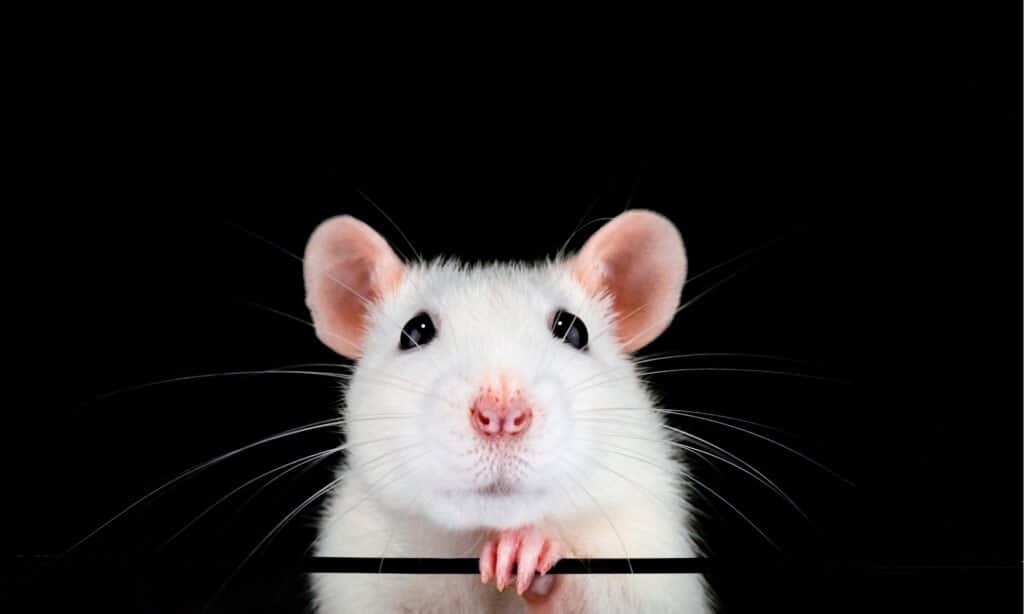
Even cute white rats are descendants of the brown rat (
Rattus norvegicus).
©Linda Bestwick/Shutterstock.com
Fancy rats come in many different colors, which would make you think they’re not related to standard feeder rats. The Norway rat (Rattus norvegicus) is also behind the title of fancy rat (Rattus norvegicus domestica). Fancy rats are bred to be pets and not feeders, but they are the same breed of rat used for standard feeder rats: the typical brown rat. This is not to say the brown rat is any less deserving of love than any other rat. These are the most common rats sold at pet stores and do not cost very much. They are sweet, loving, and loyal. They can also be acquired at rat-specific breeders called ratteries.
4. Dumbo Rats – $20 – $40
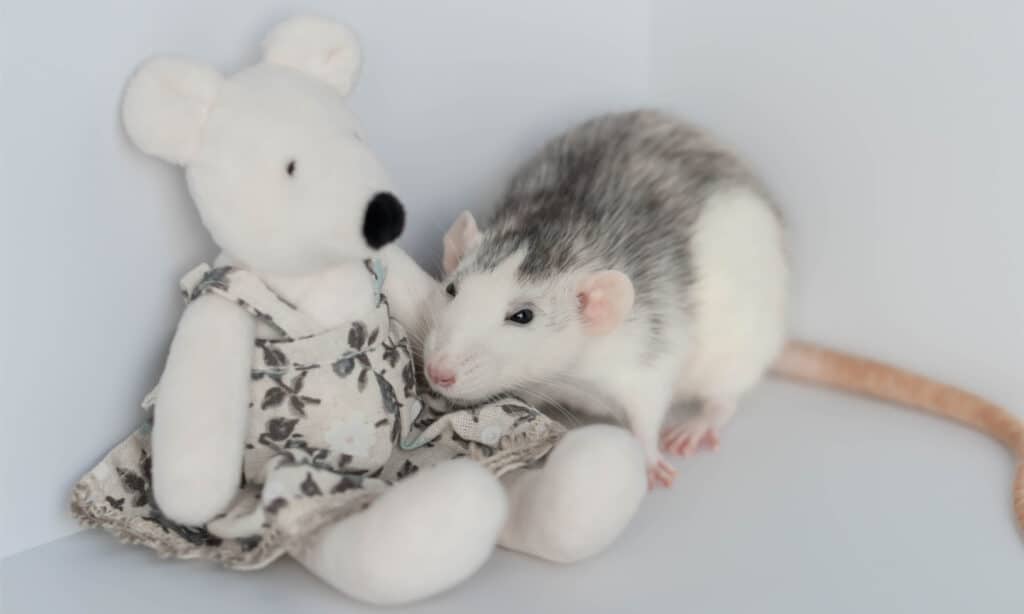
Some say that Dumbo rats are calmer than most fancy rats, though every rat has its personality.
©iStock.com/Irina Ilina
Dumbo rats originated in the U.S. and are some of the cutest rats out there. They have low, large, round ears, giving them the name Dumbo. The rats have cute, angelic faces and tend to be a bit calmer than typical fancy rats. Their heads are flatter on top and broader than standard rats. The Dumbo gene is said to be a genetic mutation and a flaw in the fancy rat’s DNA. The mutation does not cause any health or behavioral issues. Sometimes the rat’s ear or eye shape is not symmetrical and their lower jaws are shorter than that of a standard fancy rat. It is always best to adopt a rat from a rattery, especially Dumbo rats.
5. Hairless Double Rex Rats – $25 – $50
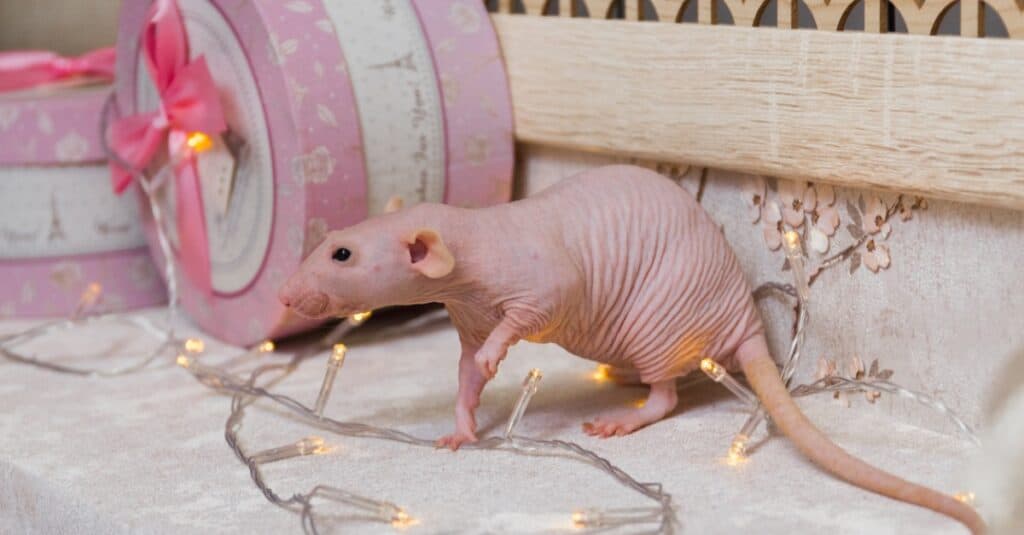
The faulty immune system is common in the true hairless/sphynx rat. The most common cause of a hairless rat with curled whiskers is the double rex gene and does not affect the rat’s immune system.
©iStock.com/Elena Neveditsyna
The rex gene is the gene mutation that causes curly hair in rats and other animals. If you have two rex parents, the children will be double rex. Not every double rex rat will be predominantly hairless, though some are. Those who are hairless, have whiskers that keep them from being true hairless rats. They do not have health issues anymore than usual standard rats. Their immune systems are not compromised and they can live three years with the correct care like other rats.
Double rex rats have adorable curly whiskers and sometimes have patches of fur that grow in different places on their bodies. Once the very short, curled, sparse hair falls out of one place it will begin growing in different places throughout their lives. They are not truly hairless.
Truly hairless or sphynx rats do not have any hair at all. They do not have whiskers or the slightest amount of peach fuzz on their bodies. These rats do have health issues and have a tweaked immune system due to a missing thymus gland. They do not live very long on average and are rare to find. All sphynx rats descended from rats at a laboratory that was specifically bred to be hairless. They were not meant to live long since they were test subjects.
6. Dwarf Rats – $60 – $80
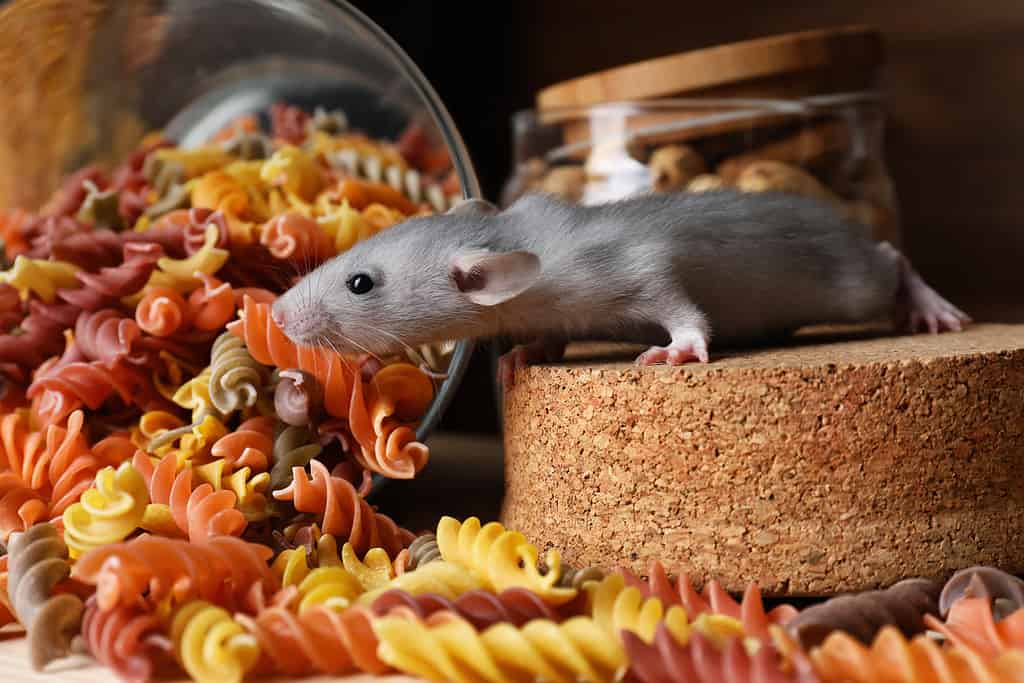
Dwarf rats are about 1/3 the size of the average standard rat.
©Liudmila Chernetska/iStock via Getty Images
Sweet dwarf rats are smaller, and more fragile than average fancy standard rats. They are not the best choice for younger children because they are more fragile than average-sized rats. The rats are the same as the typical rats in terms of health and behavior. There are reports that the smaller rat is more comfortable being held outside of their enclosure. Dwarf rats are sweet and gentle, like most rats, and make excellent pets.
A Big Decision
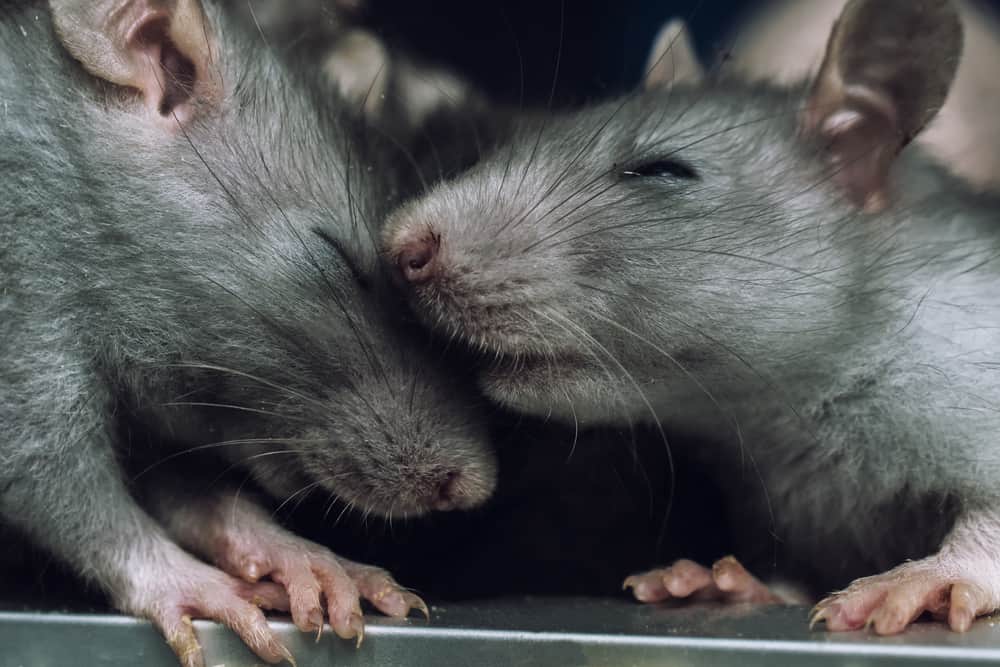
Any pet is a big decision and should be thought out and weighed carefully.
©Ukki Studio/Shutterstock.com
Rats can make wonderful pets for most people. It is very important to do plenty of research on all the requirements for having such a small loyal creature before bringing them into your life. It is vital to have two rats so they can be the social creatures they naturally are in the wild.
Rats need proper, safe housing for their size and it is advised to spay and neuter them when they are young. Male rats have a musty smell that some find offensive and neutering can help with that. Females should be spayed because it can lessen their chances of some cancers. Overall, these small animals are wonderful, trainable, snuggly companions. They need to be treated with love and respect for their short lives. Be sure you will be able to provide that for their entire lives before bringing them home from a rattery. Happy rats make the best friends.
Thank you for reading! Have some feedback for us? Contact the AZ Animals editorial team.

